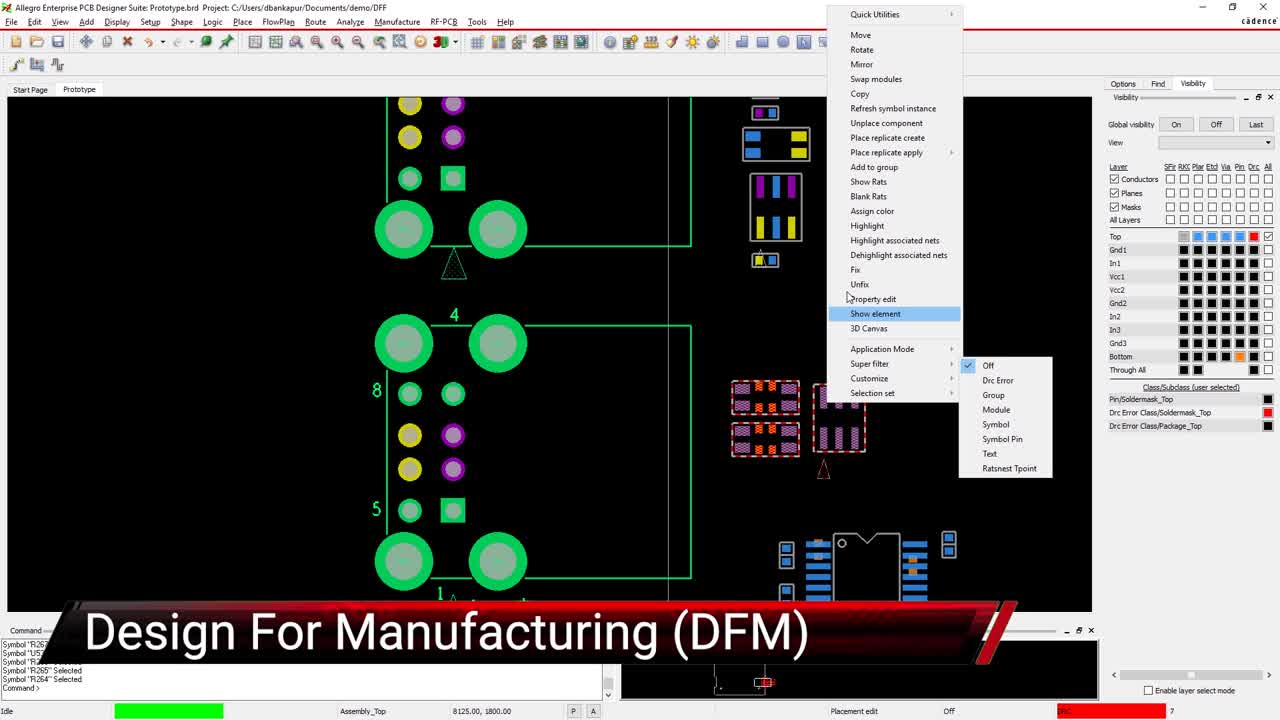Implementing Lean Manufacturing
Key Takeaways
-
Lean manufacturing eliminates waste and increases value through continuous process improvement.
-
Design teams can apply lean manufacturing principles to decrease time-to-market and increase customer satisfaction.
-
EDA software aligns with lean manufacturing principles.
Lean manufacturing principles
When we reflect on lessons learned from the Great Depression, certain wisdom stands out. To avoid wasting anything, people learned to get creative and figure out new ways to reuse and recycle materials. A saved button, scrap of fabric, or a broken part could have another purpose during those tight times. When buyers had limited resources, they purchased items that didn’t require many repairs or replacements; people became committed to repairing or building items themselves, rather than making another expensive purchase. Resourcefulness became a virtue. We see these same values and principles reflected today, as manufacturers put emphasis on sustainability in production and design.
Benefits of Lean Manufacturing
Toyota is famous for creating and implementing lean manufacturing in their production lines.
The depth and richness of lean manufacturing rests within simple business sense: deliver high-quality products for lower costs. Lean manufacturing accomplishes this business goal through a mix of problem solving, continuous improvement, deep reflection, attention to efficiency, and respect for employees. If one thinks in terms of outputs, the output of lean manufacturing is allowing people to have the freedom to learn the lessons needed to solve problems and instill quality within processes.
Lean manufacturing is very process oriented, and blending all the essential ingredients of lean manufacturing together forces us to examine these processes. This examination focuses on reducing cycle times by reducing waste. As process efficiency increases, companies can channel that extra time and energy into increasing customer satisfaction.
Implementing Lean Manufacturing Through EDA Software
Cycle time is the length of production time needed to move raw materials to a finished product. Shorter cycle times translate into quicker time-to-market. EDA software offers great benefits that can shorten cycle time—the ability to use 3D design tools, error check, and merge electrical/mechanical design tools. These capabilities allow teams to establish PCB sizes and shapes that fit within enclosures, strengthening internal innovation and allowing designers to produce electronic devices that match customer demand. Finally, EDA software allows design teams to carefully select the components that will provide optimal performance for the device. The multiple benefits of EDA software reduces waste, enhances efficiencies, and increases the potential for profit—all values of lean manufacturing.

In terms of reducing waste, EDA software—with its error checking and simulations—dramatically reduces the opportunities for defects within the PCB design process. Because EDA software connects to component libraries and manufacturer inventories, design teams can avoid supply chain problems while controlling inventories. EDA software also encourages dialogue between geographically separated design teams and between design teams and fabricators. The reports produced through the software allow fabricators to cut repetitive processes and reduce opportunities for overproduction.
Modern EDA tools encourage innovation and professional development. Some innovation and professional development occurs through freeing employees from cumbersome processes. Reducing or eliminating repetition and providing tools that allow design teams to exercise imagination also builds morale and the desire to produce high quality products.
Lean Manufacturing Tools
Work can be streamlined by using principles of lean manufacturing.
Lean manufacturing revolves around value; we can look at value through the perspective of customers or through the perspective of processes. Design teams utilizing lean manufacturing principles see interconnected processes as a value stream. Each process and process flow adds value for the customer and for the team.
The lean manufacturing concept of striving for perfection works through the use of tools based on lean manufacturing principles. Below, we illustrate common lean manufacturing tools:
Table One - Lean Manufacturing Tools
Tool Definition
There are many ways to implement lean manufacturing into the production process. It is a worthy undertaking, as it can minimize waste, increase employee efficiency, maximize productivity, and ultimately, improve customer satisfaction. To browse tools that might help implement lean manufacturing into your production and design processes, visit our PCB Design and Analysis overview page. Tools from Allegro PCB designer can help you eliminate wasteful production processes and increase efficiency of designs.
If you’re looking to learn more about how Cadence has the solution for you, talk to us and our team of experts